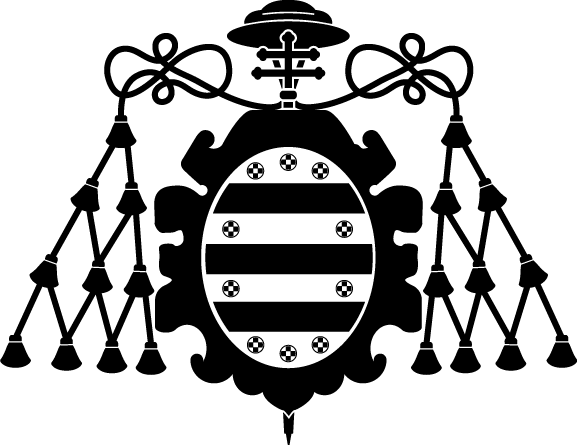Mostrar el registro sencillo del ítem
Teacher training and Biology students’ perceptions on the introduction of alien species and seaports role
| dc.contributor.author | Torralba Burrial, Antonio | |
| dc.contributor.author | Arias Rodríguez, Andrés | |
| dc.contributor.author | Álvarez Fernández, David | |
| dc.contributor.author | Herrero Vázquez, Mónica | |
| dc.date.accessioned | 2020-02-19T11:27:26Z | |
| dc.date.available | 2020-02-19T11:27:26Z | |
| dc.date.issued | 2020 | |
| dc.identifier.citation | Torralba Burrial et al. (2020) Teacher training and Biology students’ perceptions on the introduction of alien species and seaports role. En Dopico Rodríguez, Eduardo Vicente y Borrell Pichs, Yaisel Juan (eds.) Scientific and educational strategies for a sustainable port activity facing biological invasions: from Ports to BluePorts. Is it possible? (pp. 27-38). Oviedo : Universidad de Oviedo, Servicio de Publicaciones | |
| dc.identifier.isbn | 978-84-17445-73-7 | |
| dc.identifier.other | DL AS 34-2020 | |
| dc.identifier.uri | http://hdl.handle.net/10651/54060 | |
| dc.description | International Workshop Blueport 2019. From Ports to BluePorts. Is it possible? (5º. 2019. Gijón) | |
| dc.description.abstract | Nowadays the introduction of alien species represents a major problem worldwide, being seaports and marinas recognized as important hotspots of marine and non-marine alien species. In order to assess university students’ previous knowledge about alien species related problems, a survey was carried out addressed to Education and Biology students in Asturias (northern Spain). Fifty-three species were cited as invasive by students, but each student recognised only a few species (range 0-9). Masters students knew more species than undergraduate of the sampled degrees, and Biology students named more alien species in total). Species that most frequently appeared in the mass-media were the most reported. Few marine alien species were recognized, and seaports were considered as the main introduction via. Finally, students’ preferences on ways to improve social knowledge on alien species and their perceptions of the relative importance in different formal educational stages are shown. | spa |
| dc.format.extent | p. 27-38 | spa |
| dc.language.iso | eng | spa |
| dc.publisher | Servicio de Publicaciones de la Universidad de Oviedo | spa |
| dc.relation.ispartof | Scientific and educational strategies for a sustainable port activity facing biological invasions: from Ports to BluePorts. Is it possible? | spa |
| dc.rights | © The authors | |
| dc.rights | © 2020 Ediciones de la Universidad de Oviedo | |
| dc.subject | Teacher training | spa |
| dc.subject | Formación de maestros | spa |
| dc.subject | Biology students | spa |
| dc.subject | Biology education | spa |
| dc.subject | Environmental Education | spa |
| dc.subject | Educación Ambiental | spa |
| dc.subject | Alien species | spa |
| dc.subject | Invasive species | spa |
| dc.subject | Non-Indigenous Species | spa |
| dc.subject | Seaports | spa |
| dc.subject | Especies introducidas | spa |
| dc.subject | Especies invasoras | spa |
| dc.subject | Especies alóctonas | spa |
| dc.subject | Vías de introducción | spa |
| dc.subject | Puertos | spa |
| dc.subject | Puertos marinos | spa |
| dc.subject | Transporte marino | spa |
| dc.subject | Introduction pathways | spa |
| dc.subject | Percepción social | spa |
| dc.subject | Social perception | spa |
| dc.subject | Students perceptions | spa |
| dc.subject | Didáctica del Medio Natural | spa |
| dc.subject | Formación del profesorado | spa |
| dc.subject | Marine alien species | spa |
| dc.title | Teacher training and Biology students’ perceptions on the introduction of alien species and seaports role | spa |
| dc.type | book part | spa |
| dc.rights.accessRights | open access | |
| dc.relation.ispartofURI | http://hdl.handle.net/10651/53978 | |
| dc.type.hasVersion | VoR |
Ficheros en el ítem

Este ítem aparece en la(s) siguiente(s) colección(ones)
-
Capítulos de libros [6220]
-
Ciencias de la Educación [1020]
-
Indurot [170]
Instituto de Recursos Naturales y Ordenación del Territorio

 ;
;